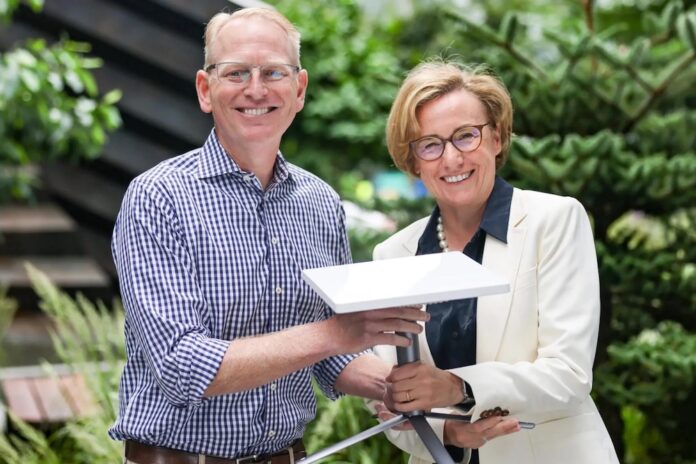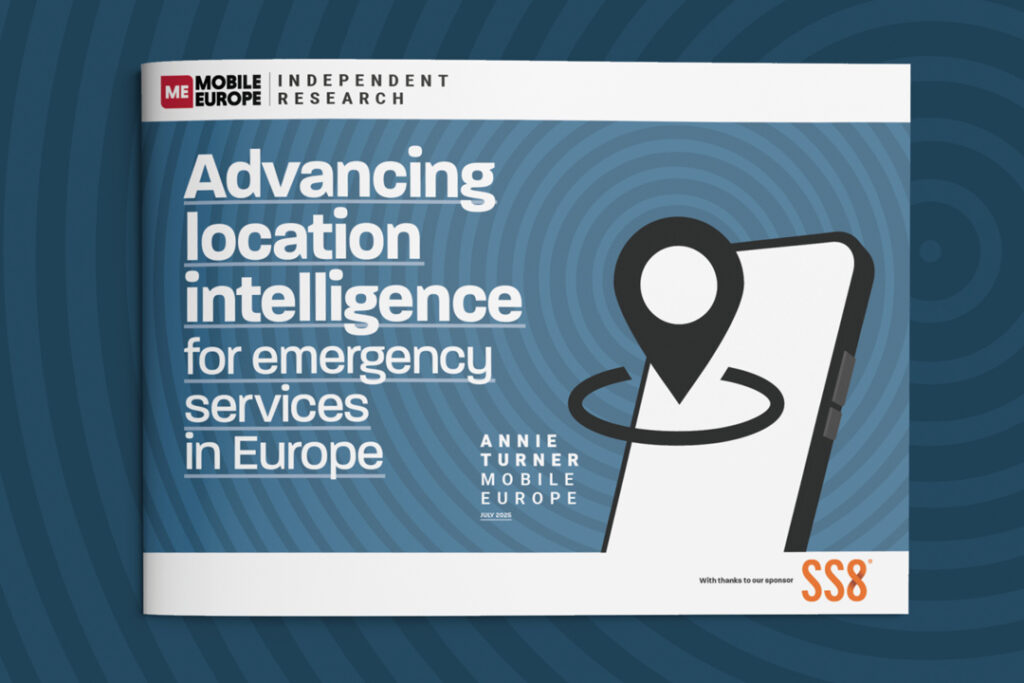Starlink gets a belated competitor although Kuiper’s Vodafone partnership will help kick start operations in EMEA
Ofcom has granted an earth station network licence to Amazon Kuiper Services Europe SARL for its non-geostationary orbit (NGSO) satellite system. This decision means Kuiper will be authorised to provide satellite connectivity services such as high speed, low latency broadband to customers in the UK. While we are not talking about satellite-to-mobile just yet, Kuiper has already shown the market its ability to innovate when it comes to small terminals.
This decision will enable Kuiper to provide satellite connectivity services such as high speed, low latency broadband to a wide range of customers, and backhaul to businesses, using Ka band frequencies between 27.5-27.9405GHz, 28.4545-28.9485GHz, and 29.5-30GHz.
The regulator also announced it is releasing further radio spectrum in the 27.5-30GHz (28GHz) and 32GHz bands. Blocks of spectrum in these bands recently became available and are particularly suitable for ‘fixed links’ and satellite connectivity services. The regulator said it will add the new spectrum to NGSO network licences from 3 February. 28GHz in particular can be used for both satellite gateways, which are hubs that connect the satellite network to the internet, private networks or the cloud, and satellite terminals such as a satellite dish.
For the 28GHz band, Ofcom decided to make: an additional 2 x 112MHz of spectrum (27.8285-27.9405GHz paired with 28.8365-28.9485GHz) available on a nationwide basis immediately for land-based satellite terminals and; an additional 2 x 112MHz of spectrum (28.1925-28.3045GHz paired with 29.2005-29.3125GHz) available in London and Northern Ireland for satellite gateways with immediate effect, and for point-to-point fixed links later this year. For the 32GHz band, the regulator decided to make: 2 x 112MHz of spectrum (32.459-32.571GHz paired with 33.271-33.383GHz) available for point-to-point fixed links on a nationwide basis, available later in 2025.
Kuiper’s planned NGSO constellation will consist of 3232 satellites operating at varying altitudes and orbital planes. The company has not as yet applied for any NGSO gateway licences in the UK. To get the approval, Kuiper had to convince Ofcom it wasn’t going to interfere with four existing NGSO network licensees in the UK who also plan to operate terminals using frequencies in the Ka band: Rivada, Mangata Edge, Telesat and NSLComm. Starlink also has seven existing NGSO gateway earth stations licensed in Ka band.
Choose your billionaire
Kuiper’s services are expected to arrive sometime toward the end of 2025. The company has a deadline of 30 July to have half of its satellites up so critical mass is looking more for 2026-8. Until then, Starlink can continue to do what it likes with UK pricing. One advantage the company will have is its September 2023 deal where Vodafone and Vodacom announced they would use Project Kuiper’s low Earth orbit (LEO) satellite constellation to extend the reach of their 4G/5G networks in Europe and Africa.
Vodafone however believes a satellite bird is worth two in the bush and in December, the operator also signed a long-term commercial deal with space-based cellular broadband network builder AST SpaceMobile that runs through to 2034 which will provide it with direct-to-device connectivity with everyday smartphones. Vodafone has a 4.6% holding in SpaceMobile worth with a worth estimated at €285 million last November.
Only last week, Vodafone said it “made the world’s first space video call using normal 4G/5G smartphones and satellites”.



